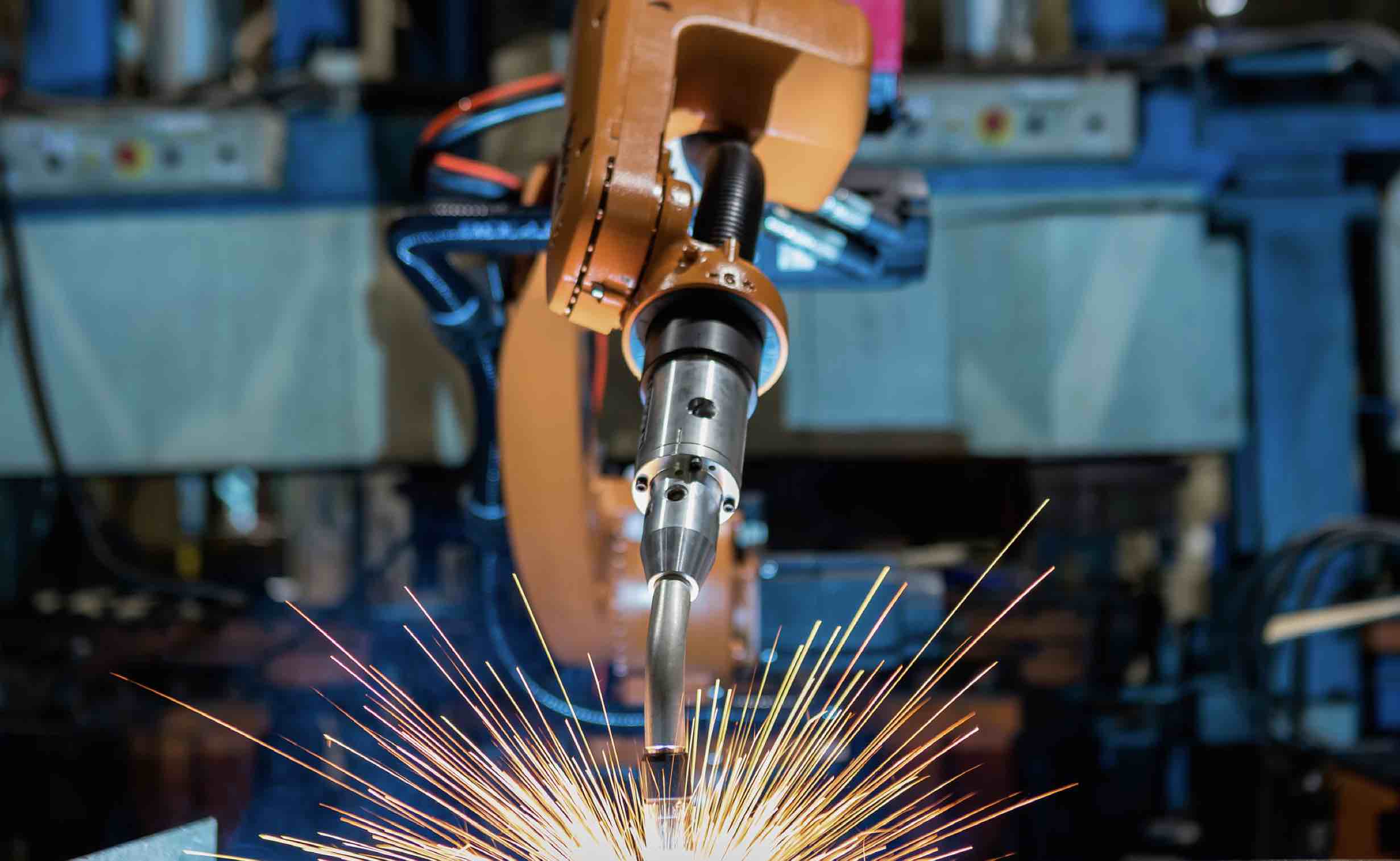Emerging technologies and robotic assemblies are paving the way for automation to become a meaningful part of life. Efficiency, safety, productivity and convenience are a few reasons behind the increased dependency on such technologies. From a financial perspective, it makes sense: Machines don’t come down with the flu, they don’t get injured or take vacations, and they aren’t able to make lapses of judgement. However, as long as humans are involved in the design, maintenance, repair and system updates, utilizing robotic assemblies is far from risk free.
Popular robot technologies
In 1969, robotics pioneer Victor Scheinman invented the “Stanford arm” — a six-axis all-electrical articulated robot that contained rotary joints. It demonstrated the potential for robots to perform complex tasks like welding, packaging and assembly. Articulated robots are designed to mimic the functionality of a human arm and possess 2 to 10 rotary joints — each additional joint enabling a greater degree of motion.
Picture this: two robots that resemble machine arms are mounted side-by-side at a salad bar preparing a Mediterranean salad. Chef Ilan Barniv, originally a baker from Jerusalem, is teaching the robots to turn his recipes into entrees. The robots refine their skills by learning from chef Barniv. As each robot gains additional knowledge, it is shared with the second robot, all of which will eventually be shared with future robots deployed in the chef’s restaurant chain. In fact, this is a real-life scene, happening at a restaurant called Bonapita in West Roxbury, MA; both robots are part of a new generation of smart robots that use artificial intelligence to continuously learn, adapt and improve performance.
Other emerging technologies are already commonplace in some environments. On a college campus, for example, you may see six-wheeled food delivery robots, known as autonomous mobile robots (AMRs). AMRs make decisions in real-time by using sensors and cameras that feed it information about its surroundings. Another technology, automated guide vehicles (AGVs), are the robots that race from aisle to aisle to fulfill orders in an Amazon warehouse. Finally, collaborative robots (cobots), function alongside or directly with humans and were designed to reduce manual, dangerous and strenuous tasks in human workflow.
Industry growth
The robotics market is growing and is likely to continue to at an exponential rate, according to GlobalData, a London-based data analytics company. A GlobalData report states that the market generated $45.3 billion in 2020, and the industry is predicted to grow at a compound annual growth rate of 28% between 2021 and 2030. By 2030, the industry is expected to generate more than $500 billion.
The industry can be divided into two main parts — industrial robots and service robots. Service robots assist humans by undertaking tasks such as explosive handling, firefighting, delivery in hospitals, etc.. Although the potential for the service market side was found to be larger than the other, industrial robots are predicted to be adopted and grow faster over the next decade.
Robot application hazards
According to a manual published by the Occupational Safety and Health Administration (OSHA), studies indicate that many robot accidents occur during assembly, installation and testing, where workers are first exposed to the robot application — not during normal operating conditions.
OSHA identified several hazards robots pose to humans. Control errors, for one, are faults within the control system that can create erratic behavior or an increase in the machine’s hazardous energy. Mechanical hazards can also result in unexpected operation, making the robot unpredictable and dangerous. Robot power systems can be disrupted and lead to malfunctions, which increases the risk of electrical shocks or fires.
Additional risks include improper installation, environmental causes or interference that can influence a robot’s performance, unauthorized access in a safeguarded area, or a wide range of human errors, such as faulty programming, interfacing or maintenance, among others.
Risk examples
In one instance, in 2018, a robot built by food delivery service Kiwi burst into flames due to human error. A faulty battery had been inserted into the robot, causing thermal runaway — one of the primary risks associated with lithium-ion batteries. If a battery’s internal temperature exceeds a certain limit, thermal runway occurs, which can destroy the battery or start a fire.
A large-scale online grocer in Andover, UK, had invested heavily in automation to speed up home delivery. In 2019, a fire occurred in their warehouse when a fault in a battery charging unit caused a robot to catch fire. The fire burned for four days and destroyed the site. Two years later, the same site caught fire again due to a malfunction that caused three robots to collide.
Finally, in August 2021, General Motors announced it would recall every Chevrolet Bolt it had ever manufactured due to a string of fires that had affected the Bolt models. The company traced the problem to two defects occurring in the cars’ batteries, that may have been caused by a misaligned factory assembly robot.
Subrogation and remediation
In instances such as when a battery malfunctions and spontaneously combusts, the battery charger malfunctions, robots randomly collide, or an assembly robot was misaligned or incorrectly programmed, subrogation is important to consider. Securing and safeguarding evidence is critical.
Remediation is also important to bear in mind. Businesses that incorporate robots are typically large, and income loss is often substantial. This requires assembling a team of environmental experts, building consultants and equipment engineers to ensure proper recovery protocols until the facility is fully recovered.
Learn more > visit efiglobal.com or check out an expanded version of this article here.

